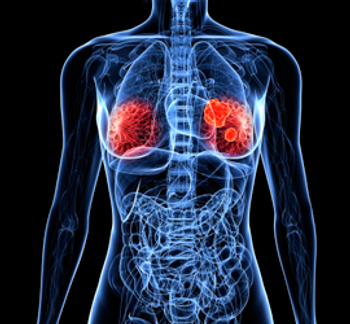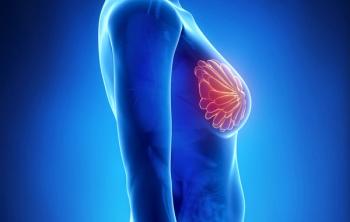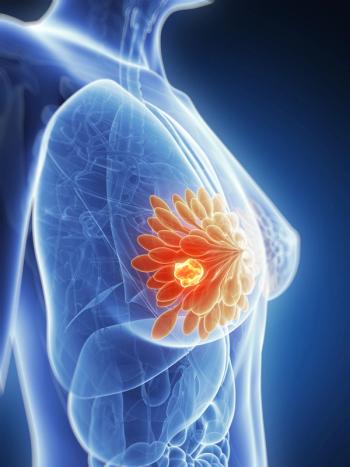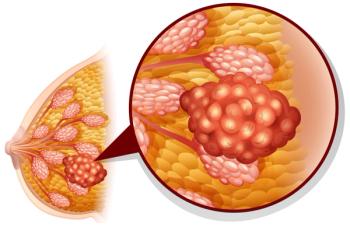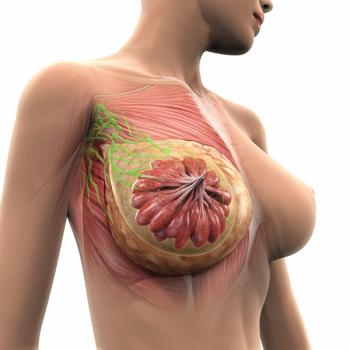
Isolated Limb Perfusion for Advanced Angiosarcoma Offers High Limb Salvation Rate
Isolated limb perfusion with high-dose melphalan and TNF-alpha has a high response rate and results in good survival outcomes in patients with locally advanced angiosarcoma, according to results of a new study.
Isolated limb perfusion (ILP) with high-dose melphalan and TNF-alpha has a high response rate and results in good survival outcomes in patients with locally advanced angiosarcoma, according to results of a new study.
“Angiosarcoma can be a difficult disease to treat,” said Winan J. van Houdt, MD, PhD, of the Royal Marsden Hospital in London. “Recurrence rates are high after resection, because it is quite hard to determine where the disease starts or ends.”
Van Houdt discussed results of a study of ILP in 39 patients with locally advanced angiosarcoma at the Connective Tissue Oncology Society (CTOS) 2017 Annual Meeting, held November 8–11 in Wailea, Hawaii. ILP’s goal, he said, is to shrink the tumor so it may become more resectable; previous studies had shown some promising results specifically in angiosarcoma, so this study was designed to confirm those findings.
The median age of patients was 66 years, and 74.4% were female. Most patients (69.2%) were treated at the primary stage of disease, while some were treated at recurrence or at primary but with metastatic disease. Upper (48.7%) and lower (51.3%) limbs were relatively evenly represented.
A total of 23 patients achieved a complete response (CR; 58.9%) following ILP. Another 10 patients (25.6%) had a partial response, yielding an overall response rate of 84.5%; 4 patients (10.3%) had stable disease, and 2 (5.1%) had local progression immediately following ILP. A total of 22 patients developed local progression (56.4%), after a median of 7.4 months. The limb salvation rate was 87% in the full cohort.
Achievement of a CR was associated with a significantly prolonged local progression-free survival, 15.4 months compared with 7.3 months in all other patients (P = .015). There was also a trend toward better median overall survival in the CR patients, at 81.2 months compared with 14.5 months (P = .054).
Van Houdt noted that multiple ILPs appear feasible and can be effective as well. Six patients in this cohort underwent a second ILP, and four underwent a third. There was an 80% CR rate in the second ILP, and 67% following the third procedure.
There were no major complications seen in any patient, van Houdt said. There was some late pain in a small subset of patients, but that data is incomplete.
“In centers that can do it, ILP is recommended as first-line treatment for locally advanced angiosarcoma of the extremity,” van Houdt concluded. “Recurrent angiosarcoma can be treated with repeated ILPs.”
Newsletter
Stay up to date on recent advances in the multidisciplinary approach to cancer.


